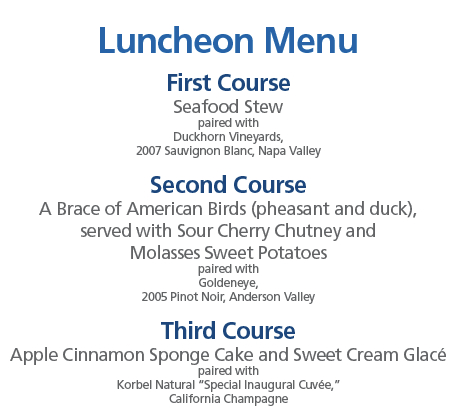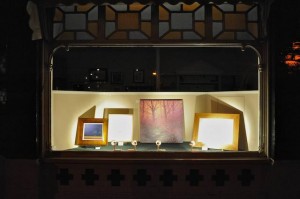Joe Nocera (whom Steve Jobs rang some months ago to berate him) returns to the question of when a CEO’s health is his own business, and when it’s of public interest.
It is really hard to write about Steve Jobs and his health problems. What you really want to do is root for him, not criticize him. Everybody — myself very much included — hopes that he will get well and come back to work. I can even understand why he doesn’t want to disclose details about his medical problems — it’s distasteful, and Mr. Jobs also believes strongly that it’s nobody’s business except his and his family’s.
But he’s wrong. There are certain people who simply don’t have the same privacy rights as others, whether they like it or not. Presidents. Celebrities. Sports figures. And, at least in terms of his health, Steve Jobs. Once again, his health is a material fact for Apple’s shareholders, and more disclosure is required. His vagueness about his health, his dissembling, his constantly changing story line — it is simply not an appropriate way to act when you are the most important person at one of the most prominent companies in the country. On the contrary: it is infuriating.
Enough is enough. If Mr. Jobs wants privacy, he should resign from Apple. If he did, of course, his health would no longer be anybody’s business but his own. Barring that radical move, Mr. Job’s medical problems will continue to be a “distraction,” as he himself put it in that recent e-mail message — and a big one. The time has come for Apple’s board to wrest control of this subject from Mr. Jobs, and do the right thing by the company’s shareholders. Say, once and for all, what is going on with Mr. Jobs’s health. Put the subject to rest. End the constant rumormongering. And then get back to the business of making the coolest products on earth.


